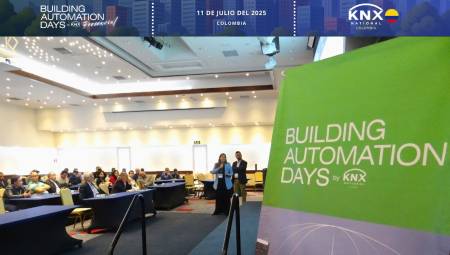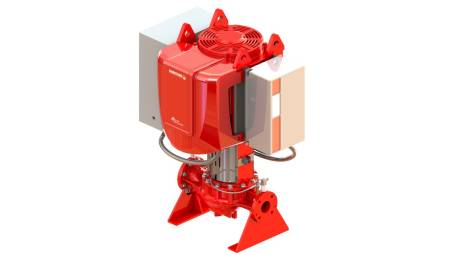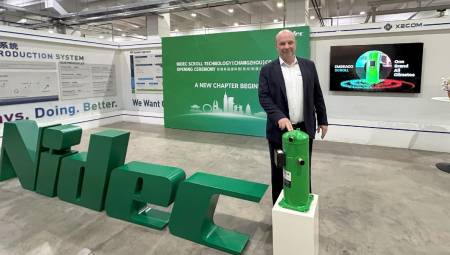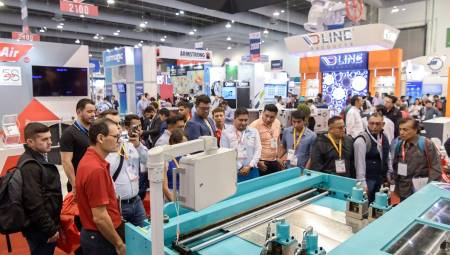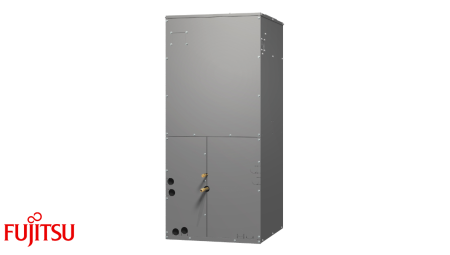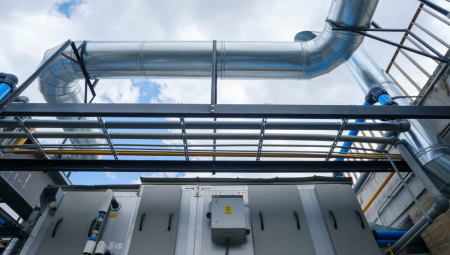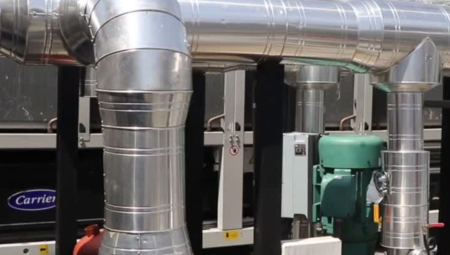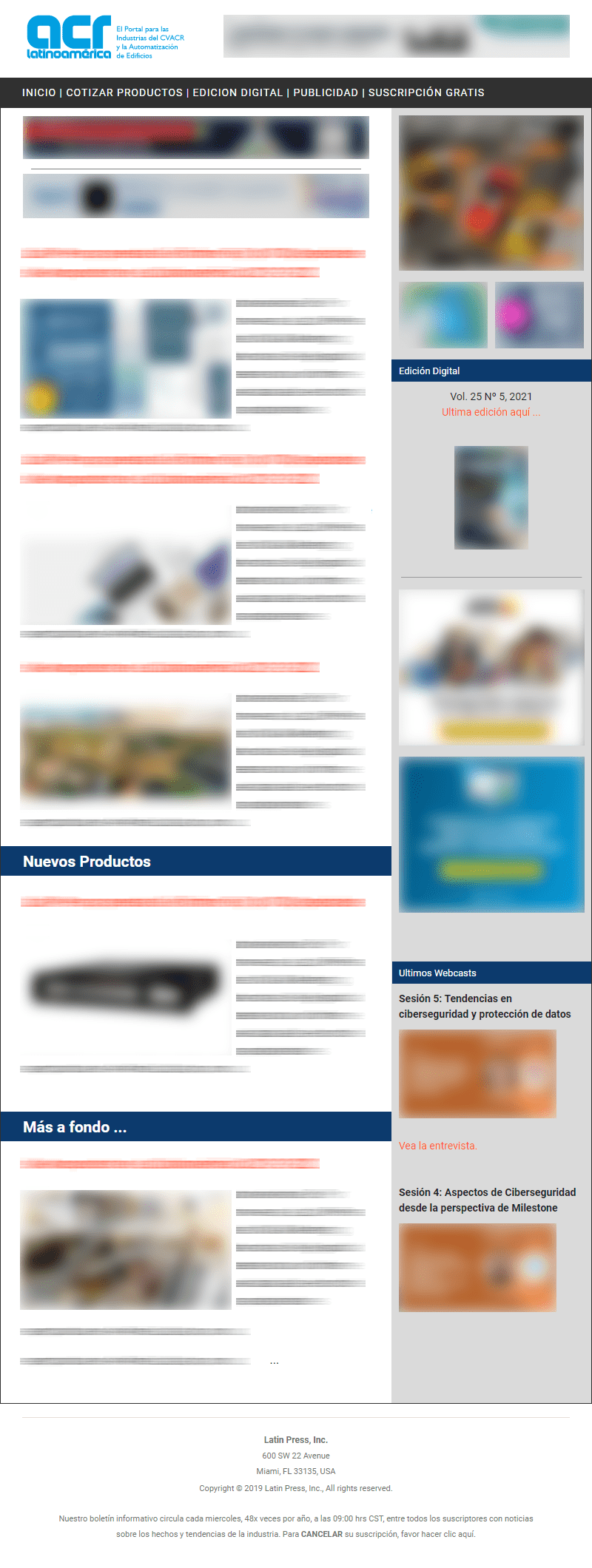With an eye always on the issues that most affect the industry, the refrigeration engine sector begins, like everyone else, to realize that the future is regulated by the earth.
By: Diana Agudelo
The green news of this industry
Concern about global climate change could change the ways in which food is stored. The concern about global warming and what is seen from the different summits that have taken place this year, are the main concern when it comes to putting refrigerators of all kinds on an "energy diet".
The goal now envisioned is to design environmentally friendly refrigerators and freezers that use half the energy of an ordinary refrigerator.
The interest in designing a more energy-efficient refrigerator is not new. It has been a goal since the early nineties. Also joining this concern is the fact that home refrigerators are one of the most significant energy wasters in the world. Billions are currently in operation and 58 million new units are manufactured each year.
At the center of this controversy are refrigerator engines. In the United States, refrigeration systems (including air conditioners and heating pumps) account for more than 41 percent of the energy consumed and the building sector requires 36 percent. If conditions are not improved, it will be increased from 29 quads (thermal units) to 40 by 2010.
To help us better understand the current industry landscape, Donn Geisert of Micro Motors, an Indian engine manufacturer with a large market in the United States and Latin America; he answered our questions and gave us insights into what is expected and what currently exists in the refrigerated engine industry.
Engines for everyone
Packaged refrigeration equipment (such as engines) spends almost half the energy that total systems require. However, manufacturing companies must consider that the equipment as a whole must be efficient, although the focus of many buyers is first the cost (as it usually is throughout Latin America). Fan-based motors used in condensers and evaporators account for more than 20 percent of the total annual energy used, with efficiencies as low as seven percent. These low efficiencies are generally due to inefficient fans and low-cost initiators.
According to Geisert, the engines used in small and domestic systems are:
2-stroke shaded
12 Volt Dc Brushless
Mains operated Brushless DC (110/230v)
4-stroke shaded
Versions of the 4-stroke
At an industrial level, the most used are:
450 mm blade fan using brushless motors.
External rotor motors using large diameter impelators up to 450mm.
There are many combinations of products, which use both evaporators and condensers. The arrival of products with combinations of both technologies is being affected by the efficiency programs that have been established in the world. The specifications of several agencies establish acceptable levels for energy consumption.
Given this, Geisert affirms that "we believe that in the short term the requirements will continue to be the same, that is, for 2-stroke and 4-stroke engines, which currently dominate global markets. If what is needed are energy-efficient motors, then Brushless motors should be purchased. However, we believe that technology is moving towards electronically switched motors while the prices of electronic motors fall and government regulations begin to demand more efficient products in the markets."
Likewise, he emphasizes that motors with sensors or the so-called "intelligent motors", will gain popularity over time and will probably be the next trend to be discussed, evaluated and finally used.
The future in engines
In any case, the fact that the efficiency of the "standard" engines used both commercially and industrially, varies greatly from country to country in our Latin American region, is still open in the debate. This parameter is decisive, and highly conditions the possibility of improving energy efficiency at the unit level. In countries where the products are mostly imported, their efficiency will be influenced by the regulations of the country of origin.
Industrial production is traditionally low, but this is becoming an exception, even in countries, which are not called developing. An important feature is that the region produces equipment that already consumes little energy (domestic refrigerators), which means that energy efficiency policies have been adopted in in-house manufacturing. On the contrary, it is the importers and distributors who must worry about the products they bring from other parts of the world and especially from the east.
Donn Geisert brings us his vision by saying that "I believe that the market for the production of engines used in cooling, will continue its change and look to the east, predominantly over China and India. We believe above all that India is on the way to being seen as China's biggest competitor, in number of engines produced."
It is possible that competition in the East and the exit of motor products from China, will continue to have a large presence in Latin America while currencies in general are overvalued and government incentives in exports remain the same, that is, limited as protectionist action of their own producers and markets. However, if either of these two problems were to change, their competitive advantages would be totally increased and both the acquisition of better products and the manufacture of own engines could be greatly reversed.
Of course, the largest markets for engines for cooling continue to be Mexico and Brazil, but extreme instability in the goods markets continues to be the main problem for engine manufacturers.
The current theme
Environmentally friendly engines are becoming an increasingly feasible reality. For example, there are already consumers who are requiring engines in accordance with the RoHS (Restriction of Hazardous Substances Directive) standard and this is a good sign.
Geisert points out that "the objective of all companies in a leading position is to offer engines that are in accordance with the RoHS standard, regardless of customer requirements. There must be an obligation to the global environment, and products must be continuously modified to make engines always environmentally friendly."
However, the adoption of high-efficiency equipment in Latin America faces two powerful impediments: the lack of appropriate regulation for the technical specifications concerning the parts contained in the refrigeration and the lack of knowledge of them by customers and consumers, who still do not demand much, respect for them.
In order to build on existing technical specifications and not create many more unnecessary impositions, it is necessary to develop standards aligned with the regulations of countries that are trading partners and on which they depend for imports or exports of engines. It would be useful to look north to understand the rules already existing between the United States, Canada and Mexico, in which the consistency of the rules has benefited the exports of those countries.


